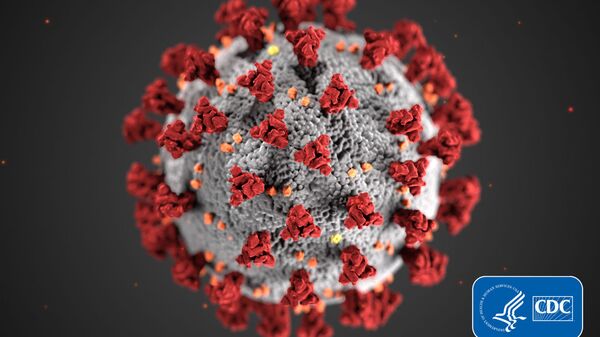The study, which was led by Professor Li Lanjuan and published on the website medRxiv.org on Sunday, analyzed the strains of the coronavirus that had infected 11 patients from Hangzhou, where there are at least 1,264 reported cases of the illness.
Researchers found that there were many more mutations within the small sample pool than had previously been reported. Within the sample, officials detected more than 30 mutations, around 60% of which were new.
Some of the changes were so rare that “scientists had never considered they might occur,” according to the South China Morning Post. Laboratory tests also found that certain mutations resulted in deadlier strains of the coronavirus.
“Sars-CoV-2 has acquired mutations capable of substantially changing its pathogenicity,” the researchers wrote in the paper.
The study also determined that the deadliest mutations in the sample group were also found in the coronavirus strain most frequently identified across Europe. The milder strains were predominantly found in parts of the United States, such as Washington state. A previous study indicated that the predominant strains in New York, the US state hit hardest by the virus, were imported from Europe.
However, the Chinese researchers also found that mutations which weakened the virus did not mean lower risk of severe illness for all people. Two of the patients in the sample group had contracted milder strains but still required admission to an intensive care unit.
The researchers also discovered that various mutations lead to changes in the coronavirus’s spike protein, which it uses to bind to human cells. The researchers infected cells with various strains in a laboratory setting and found that the most aggressive strain could “generate 270 times as much viral load as the weakest type,” thus killing the cells faster, the South China Morning Post reported.
The results indicate “that the true diversity of the viral strains is still largely underappreciated,” Li noted.
Li and her colleagues believe that understanding how strains vary by geographic region might help determine how best to combat the virus.
“Drug and vaccine development, while urgent, need to take the impact of these accumulating mutations … into account to avoid potential pitfalls,” they said in the paper.



